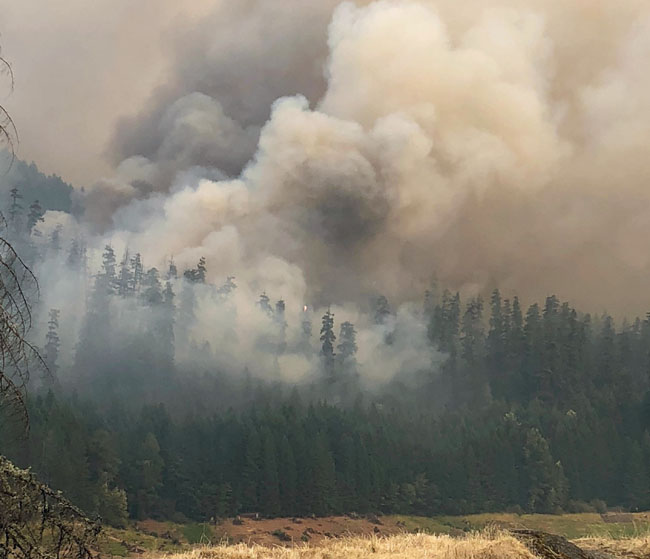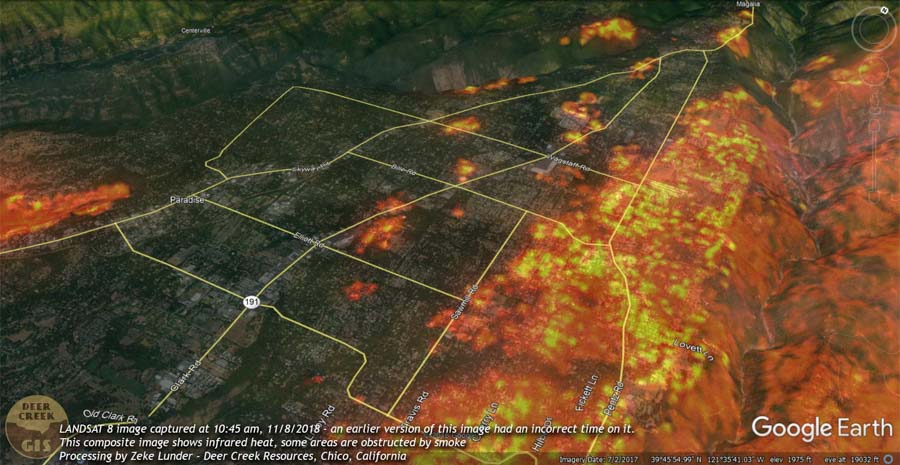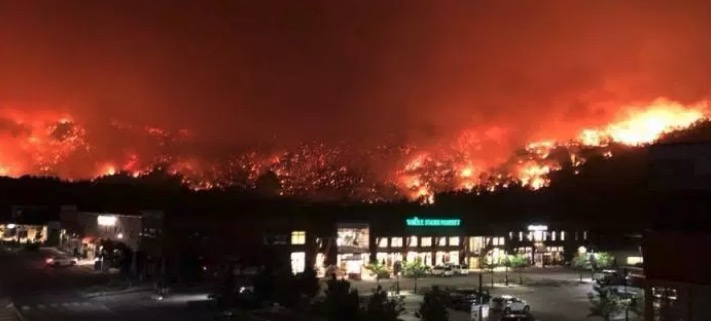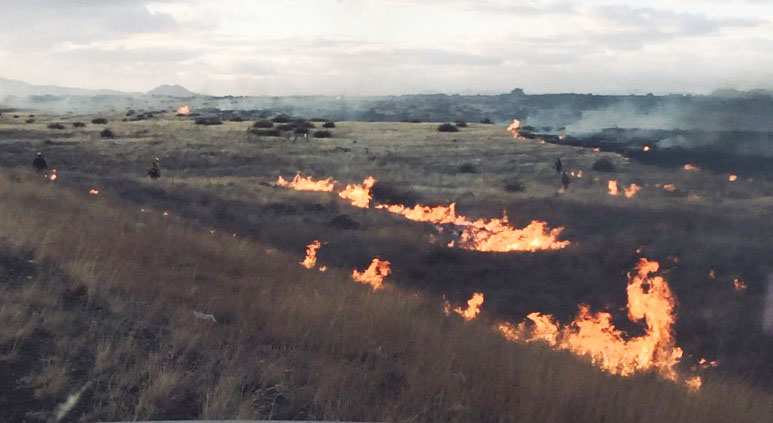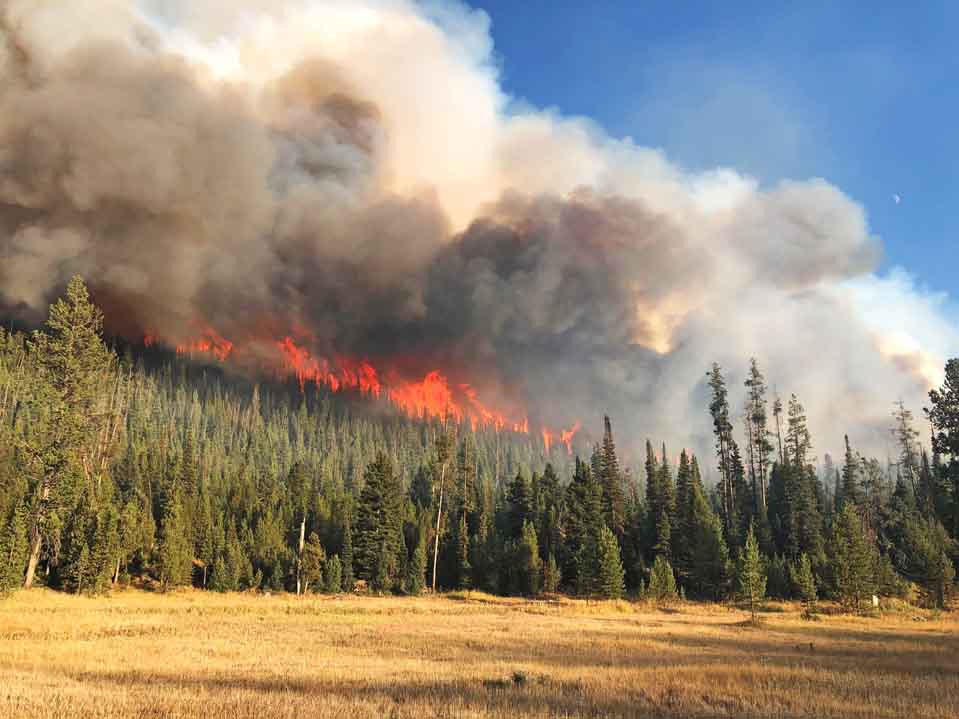
This is the fourth in a series of articles in which we let firefighters and other land management agency employees associated with wildland fire describe in their own words how the partial shutdown of the federal government that began December 22 is affecting them. They all requested to remain anonymous.
Chapter 4, below, has been lightly edited.
“My Fire Management Officer has contacted all of his subordinates, giving us advice on how to apply for unemployment insurance. In all my years of working, I have never had to do that. Sorta makes one feel useless and to an extent worthless. I’m ready, willing, and want to work, but because of the shutdown, I can’t.
“The worst part of this shutdown is not knowing. I guess that’s true about everything in life and our job, but THIS unknowing seems worse. We have no control over the situation. Pawns in a f’ing chess game amongst babies.
“There is no way that unemployment insurance would cover my now grownup costs with the kids, etc. The savings that we do have, is dwindling, the house and land that we were going to be getting this spring, well that dream is gone.
“Each day my wife looks at me and without having to say it anymore, I get the “how much longer” look. She wants me to find another job, with a state agency or even private. The problem with private is, they aren’t full time. Problem with a state agency — I’m starting over, new retirement new (better or worse?) health coverage.
“Tension over not bringing in money is causing us to argue a little more each day, purchases have come to a stop, but we still have to buy food, diapers, and clothes because even though we have no money coming in, our two kids still get hungry, they still have their needs as they grow.
“I don’t want to change jobs, I don’t want to move. But, how much longer can I continue to say that?”
Chapter 5 will be published January 26. All of the shutdown stories can all be found at the tag “shutdown stories.”

